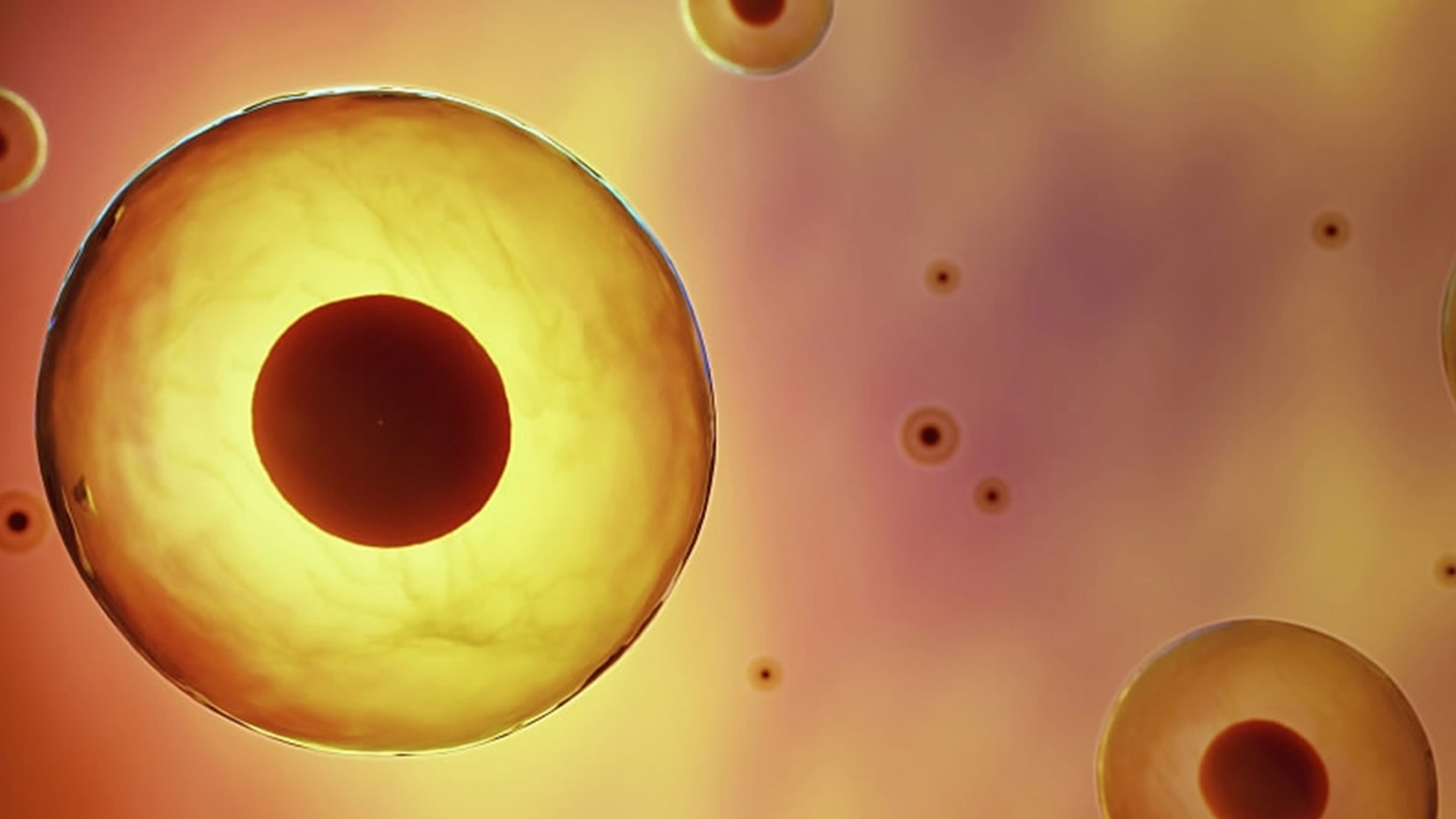
Tech & Sci
15:26, 29-Apr-2018
Chinese scientists find new method of mixing chemicals to create stem cells
By Mark Fontes, Liu Jiaxin
02:38

For over 20 years, stem cell research has provided clues to cures for many diseases and injuries.
Scientists have so far mostly harvested those cells from human sources, like embryos or adult tissue, which has caused controversy. But experts say they now have a way to create stem cells right in a lab.
At the Guangzhou Institute of Biomedicine and Health in southern China, scientists say years of research are paying off. They're working with a new, efficient way to create stem cells.
“The best way is to use chemicals," says Dr. Duanqing Pei, the institute's director. "All you have to do is culture the cells in different culture media."
The culture media is a cocktail of 10 different chemicals, one of which is Vitamin C.
The cocktail helps convert somatic cells, nearly any cell in an adult body, into pluripotent stem cells, the type that can be used in a multitude of ways.
"We call it the magic potion, it’s a synergy of different compounds," says Liu Jing, a researcher at the institute. “Some of the compounds can change our DNA, some of them change cell signals. They work together.”
The team says the chemical method for stem cell creation is much more practical than past methods, which involved tests on human viruses.
They also feel this breakthrough will help cure life-threatening illnesses sooner than most people think.
“In vitro, we’ve been able to create insulin that can probably cure diabetes," says Li Dongwei, the team's lead researcher. "Also, one stem cell experiment in Japan helped restore a patient’s vision."
"Looking ahead, we will try to make the whole process much faster, more efficient and much easier," says Jing. "Creating better cooperation between the chemical molecules is key."
The team said trying their current approach in humans could trigger serious side effects, like cancer.
But they agree that continuing the research will develop safer methods for stem cell treatments, which will become affordable for the average patient.
(Cover photo via VCG)

SITEMAP
Copyright © 2018 CGTN. Beijing ICP prepared NO.16065310-3
Copyright © 2018 CGTN. Beijing ICP prepared NO.16065310-3